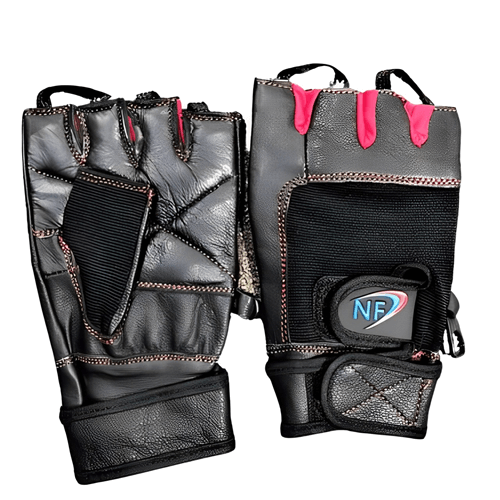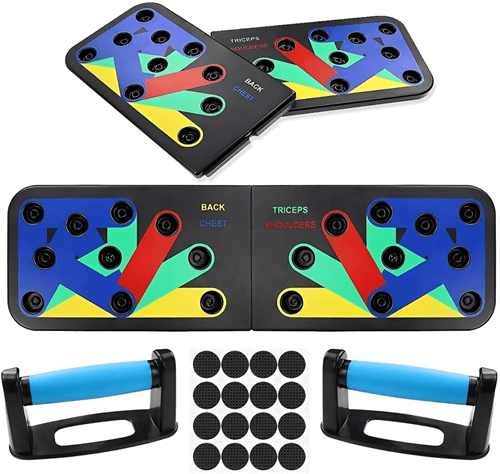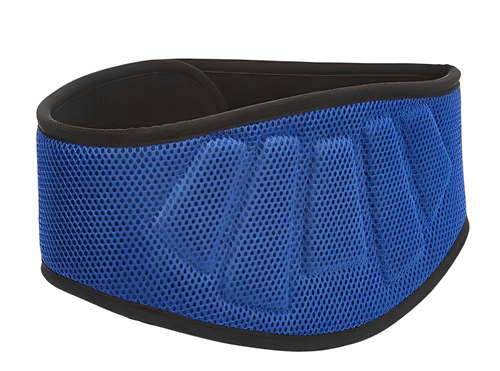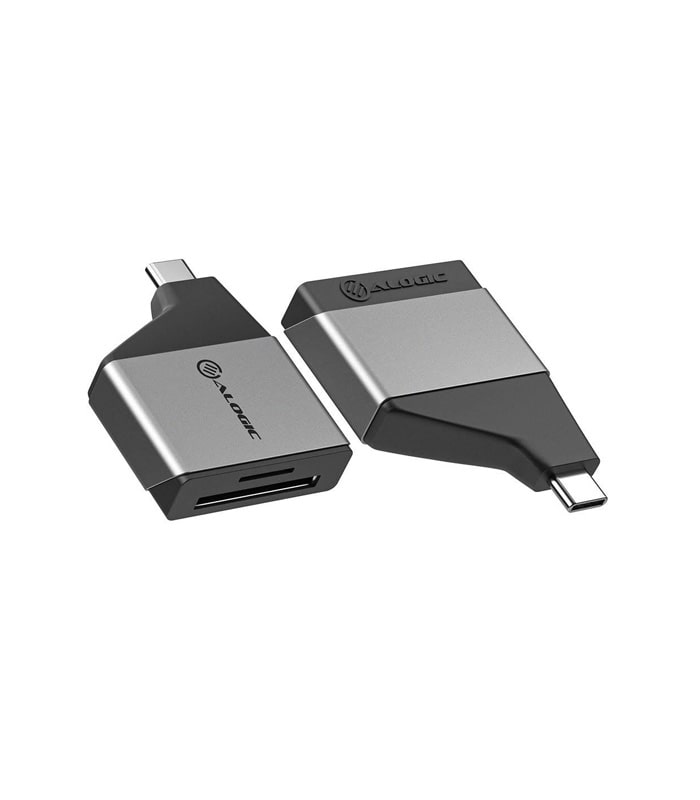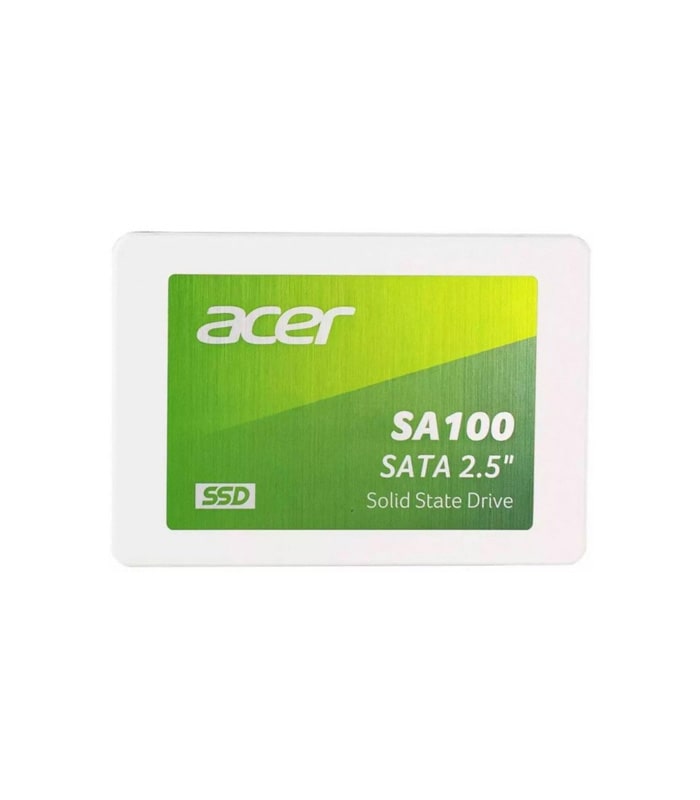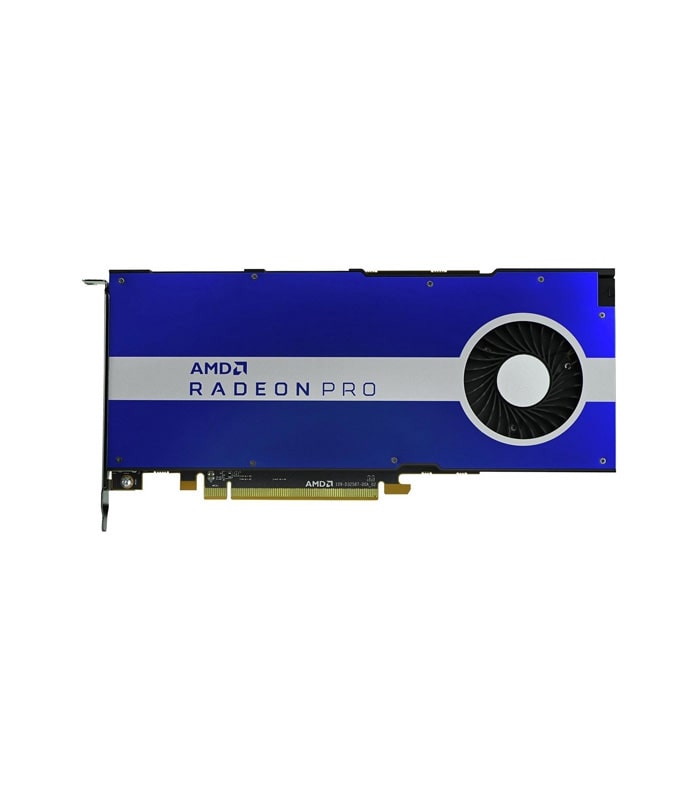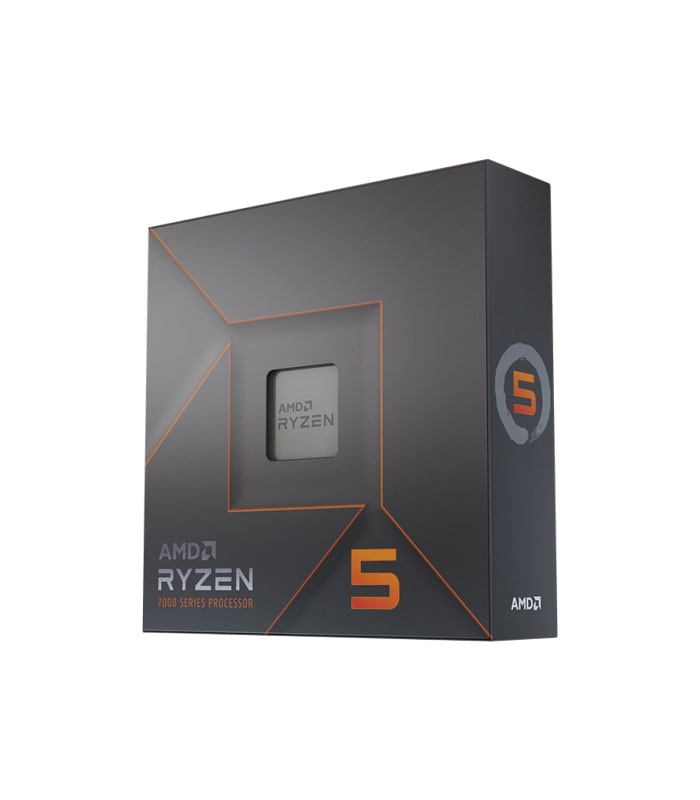Fabric Belt | Women and Men’s Weight Lifting Belt
Products Description
Support and Stability:
Fabric weightlifting belts provide support to the lower back and core muscles, which can help stabilize the spine during heavy lifts. This support can reduce the risk of injuries by maintaining proper form and alignment.
Increased Intra-Abdominal Pressure (IAP):
When properly worn and braced against during lifts, fabric belts can help increase intra-abdominal pressure. This pressure supports the spine and provides additional stability, allowing you to lift heavier weights safely.
Improved Performance:
With better stability and support, lifters may experience improved performance during weightlifting exercises. By reducing the risk of injury and providing support to the core, lifters can focus more on lifting heavier weights and achieving their training goals.
Enhanced Mind-Muscle Connection:
Wearing a weightlifting belt can help lifters develop a better mind-muscle connection by allowing them to focus on engaging the targeted muscles during lifts, rather than worrying about lower back stability.
Psychological Confidence:
Some lifters find that wearing a weightlifting belt gives them a psychological boost by providing a sense of security and confidence during heavy lifts. This confidence can lead to better performance and a more positive training experience.
Adaptability and Comfort:
Fabric weightlifting belts are often more flexible and breathable than leather belts, making them more comfortable to wear during longer training sessions. Additionally, the flexibility of fabric belts allows for a better fit and adaptability to different body types.
Versatility:
Fabric weightlifting belts are suitable for various types of training, including weightlifting, powerlifting, and functional fitness exercises. They can be used by both men and women and are available in different sizes to accommodate various body shapes.
Support and Stability:
Fabric weightlifting belts provide support to the lower back and core muscles, which can help stabilize the spine during heavy lifts. This support can reduce the risk of injuries by maintaining proper form and alignment.
Increased Intra-Abdominal Pressure (IAP):
When properly worn and braced against during lifts, fabric belts can help increase intra-abdominal pressure. This pressure supports the spine and provides additional stability, allowing you to lift heavier weights safely.
Improved Performance:
With better stability and support, lifters may experience improved performance during weightlifting exercises. By reducing the risk of injury and providing support to the core, lifters can focus more on lifting heavier weights and achieving their training goals.
Enhanced Mind-Muscle Connection:
Wearing a weightlifting belt can help lifters develop a better mind-muscle connection by allowing them to focus on engaging the targeted muscles during lifts, rather than worrying about lower back stability.
Psychological Confidence:
Some lifters find that wearing a weightlifting belt gives them a psychological boost by providing a sense of security and confidence during heavy lifts. This confidence can lead to better performance and a more positive training experience.
Adaptability and Comfort:
Fabric weightlifting belts are often more flexible and breathable than leather belts, making them more comfortable to wear during longer training sessions. Additionally, the flexibility of fabric belts allows for a better fit and adaptability to different body types.
Versatility:
Fabric weightlifting belts are suitable for various types of training, including weightlifting, powerlifting, and functional fitness exercises. They can be used by both men and women and are available in different sizes to accommodate various body shapes.
product Details
- A fabric gym belt is designed to provide support and stability to the lower back and core during weightlifting exercises. It helps reduce the risk of injury and enhances lifting performance.
- Like all gym belts, they work by increasing intra-abdominal pressure, which stabilizes the spine and reduces stress on the lower back during heavy lifts.
- Fabric gym belts are typically more flexible, breathable, and comfortable than leather belts. They provide good support without feeling too restrictive and are often preferred for dynamic exercises
- Fabric gym belts are typically more flexible, breathable, and comfortable than leather belts. They provide good support without feeling too restrictive and are often preferred for dynamic exercises
- Fabric gym belts are versatile and can be used for a wide range of weightlifting exercises, including squats, deadlifts, overhead presses, and more. If you need more support, we recommend you go with leather.
- Fabric gym belts are generally suited for beginners and CrossFit athletes. They provide valuable support and can help learn proper lifting for weight
- It’s a good practice to clean fabric gym belts regularly, soak them in warm soapy water, and dry them flat. Avoid exposing them to extreme heat or direct sunlight, which can cause damage.
- No, when used correctly, fabric gym belts do not weaken the core. They provide temporary support during heavy lifts but should not replace core-strengthening exercises in your routine.
- Firstly wrap the belt around your navel and fasten with the velcro. Then use the roller buckle to tighten to your preference.

